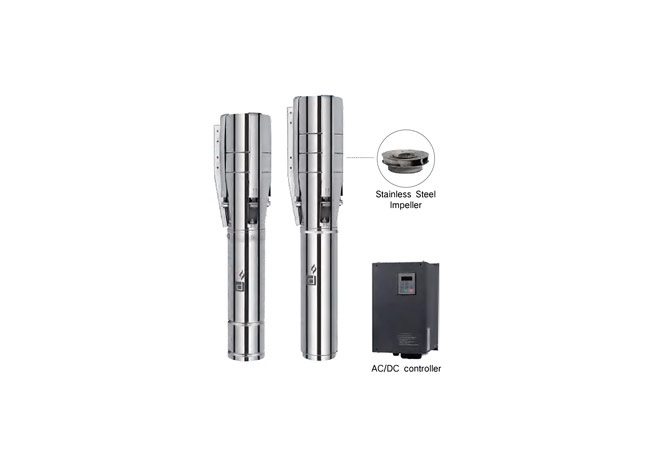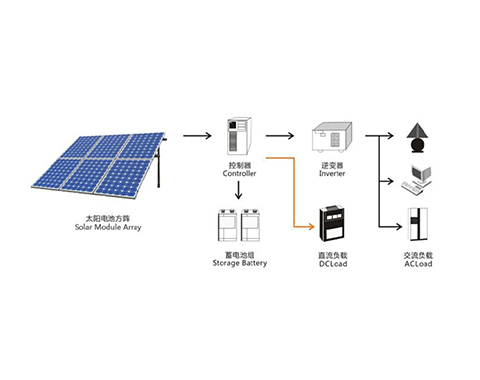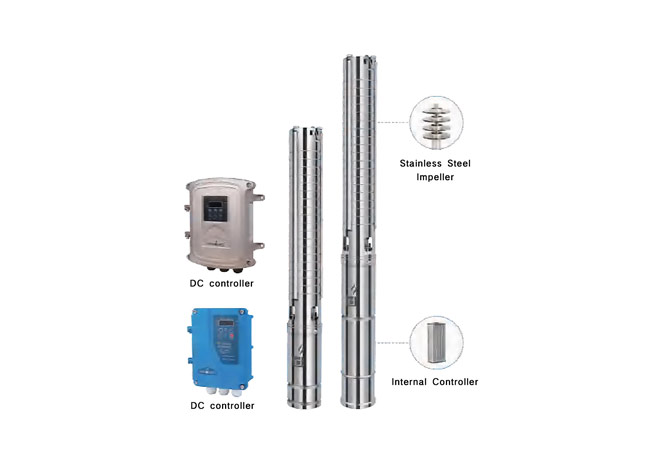There are many electric vehicle charging piles on the market, each with its own merits, and charging is also divided into slow charging and fast charging. But in many cases, it is not clear whether it is fast charging or slow charging when charging. The following will give you a detailed introduction.
1. Fast charging and slow charging electric vehicle charging piles
Fast charging is fast, but setting up a site is complicated. Fast charging generally uses DC (and AC) high current to directly charge the in-vehicle battery. In addition to solving the grid power supply, fast charging electric vehicle charging piles can also be equipped with fast chargers. It is more suitable for users who need to replenish electricity in the middle, but not everyone has fast charging equipment, so for the convenience of use, the car has a slow charging function, but for cost reasons, in order to increase the coverage area, fast-charging electric vehicle charging piles also exist in large numbers.
Slow charging is to use the car's own charging system to achieve slow charging. A slow charge is good for the battery, and it's fully charged. In addition, the construction of the charging station is also relatively simple, and only a power supply with sufficient capacity is required. No additional high current charging device required, low threshold. It is convenient for home use, as long as there is a power supply, it can be charged.
The slow charge will fully charge the battery in about 8-10h, and the fast charge will have a larger current of 150A-300A, which can fully charge the battery to 80% within half an hour. It is suitable for supplementing electric energy in the middle. High current charging will still have a little impact on battery life. In order to improve the charging speed, fast charging piles are also increasing! Most of the charging stations built later are mainly fast charging. In some areas, the charging piles for slow-charging electric vehicles are no longer updated and maintained, and they are directly charged for fast charging after damage.
2. The function and charging principle of electric vehicle charging pile
The role of the charging pile is similar to that of the refueling device inside the gas station. It can be fixed on the ground or on the wall and installed in public buildings (public buildings, shopping malls, public parking lots, etc.) and residential parking lots or charging stations. Different voltage levels charge various models of electric vehicles. The input end of the Jiayuan electric vehicle charging pile is directly connected to the AC power grid, and the output end is equipped with a charging plug to charge the electric vehicle.
There are two main charging methods: ordinary charging and fast charging. The user uses a special charging card to swipe the card on the human-computer interaction interface provided by the charging pile to perform operations such as corresponding charging mode, charging time, and charging data printing. The charging screen can display the charging power, charging data, charging time and other information.
The fast charging and slow charging interfaces of electric vehicles first correspond to the DC and AC interfaces, portable DC fast charger for EV and AC slow charging. Usually, there are 5 fast charger ports and 7 slow charger ports. In addition, you can also see the fast charge and slow charge from the wire of the charger, and the wire of the fast charge is thicker. However, some electric vehicles have only one charging mode due to various considerations such as cost and battery capacity, so there will be only one charging interface.
The principle of fast charging is to store direct current directly in the battery, while the alternating current needs to be converted into direct current by the on-board charger and stored in the battery, so the time will be much slower than fast charging.
Slow charging generally uses AC power, that is, household electric vehicle charging piles. Since AC power is converted by on-board chargers, the impact on the battery is relatively small, but it is time-consuming. At present, household slow charging piles are basically 220V, and most household circuits can be used, so they can be installed at any time in residential parking spaces and underground garages, which is convenient for users to use.




